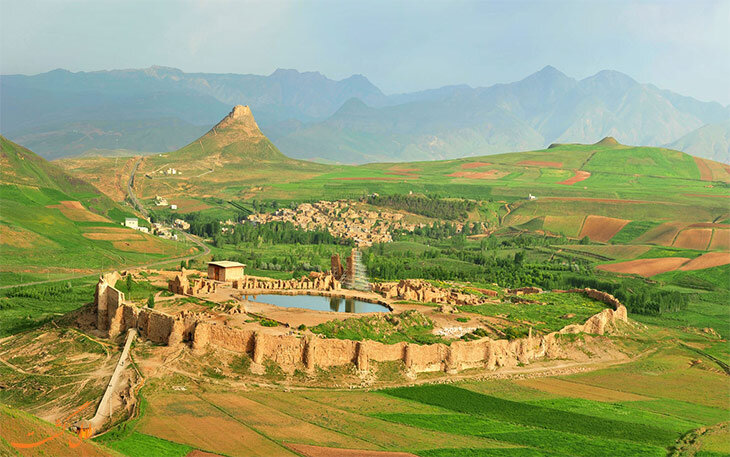TEHRAN – Some 60,000 travelers visited Takht-e Soleyman (“Solomon’s Throne”), an ancient isolated sanctuary in northwest Iran, during the past Iranian year 1398 (ended March 20).
Inscribed on the UNESCO World Heritage list, the scenic sanctuary bears testimony to various eras of the nation’s history. It is situated in the southeastern highlands of West Azarbaijan province overlooking a lake with a backdrop of a snowcapped mountain range.
“The UNESCO-registered site, like previous years, has been one of the most visited historical sites in Takab county (where the sanctuary is situated),” Amir Matloubi, the director of UNESCO site, said on Thursday, CHTN reported.
The historical ensemble was established in a geologically anomalous location as the base of the temple complex sits on an oval mound roughly 350 by 550 meters. Inspired by natural context, the rich harmonious composition draws local and foreign travelers who want even for minutes revel in its peaceful atmosphere.
According to Britannica Encyclopedia, the surrounding landscape of the sanctuary was probably first inhabited sometime in the 1st millennium BC. Some construction on the mound itself dates from the early Achaemenian dynasty (559–330 BC), and there are traces of settlement activity from the Parthian period.


No comments:
Post a Comment